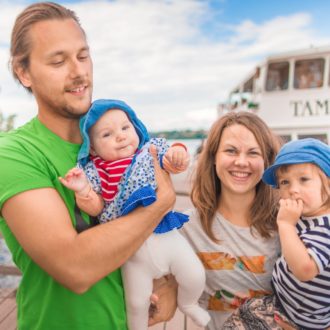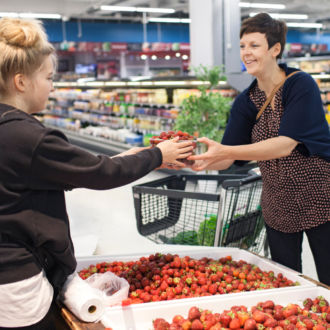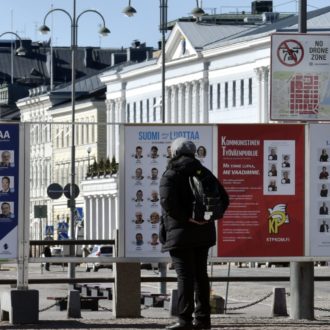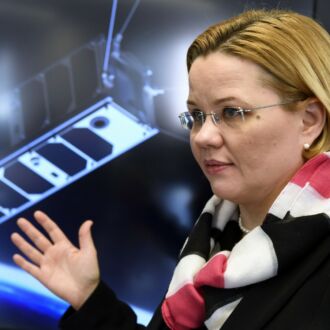Previously Finland’s selection of different elections included parliamentary, presidential, municipal and European elections. The newest addition is called county elections.
“County” is the term officials are using to describe 21 newly defined areas. Their full official name in English is a mouthful: they are wellbeing services counties. In the new county elections, voters will choose county councillors to oversee the area’s social welfare services, healthcare services and rescue services. By contrast, municipal elections deal with smaller geographical units; there are approximately 300 municipalities.
The municipalities will hand over responsibility for organising social, health and rescue services to the new wellbeing services county councils at the beginning of 2023. Helsinki is not participating in the county elections – its wellbeing services will remain in the hands of the city council. Finland’s autonomous Åland Islands are not affected by the reform, so they are not holding county elections, either.
Foreign residents can vote
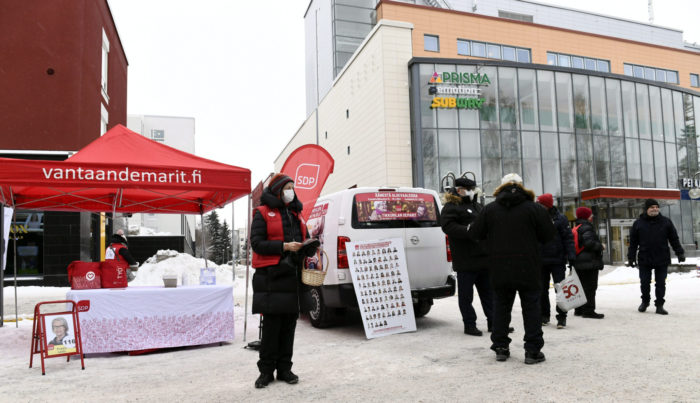
Political parties campaign outside shopping centres and on town squares across Finland despite the icy temperatures.Photo: Emmi Korhonen/Lehtikuva
Foreigners from Nordic and EU countries can vote in county elections if they have resided in the county for at least 51 days prior to election day. Other foreign nationals must have lived in the county for 51 days and resided in Finland for at least two years.
Following the same criteria, foreign nationals may also run for election to the county councils.
Having held municipal elections in June 2021, Finland already has experience of organising elections during the corona pandemic with health security measures in place. Also, vaccination rates are far higher in January 2022 than they were in the summer of 2021. (At the time of writing in mid-January, 88 percent of people over the age of 11 have received at least one vaccination, 84 percent have had two shots, and 32 percent have had three.)
Finnish elections always include a period of early voting at an array of locations (January 12–18 this time), which helps prevent long queues from forming on election day itself. It was also possible to register for at-home voting in cases of coronavirus-related quarantine or isolation. Additionally, drive-through voting is available in many areas and numerous polling locations can accommodate outdoor voting (for some of them you need to call ahead). Speaking of driving and voting, some rural areas feature voting buses that travel from town to town making scheduled stops like bookmobiles (library buses).
Important to make your voice heard
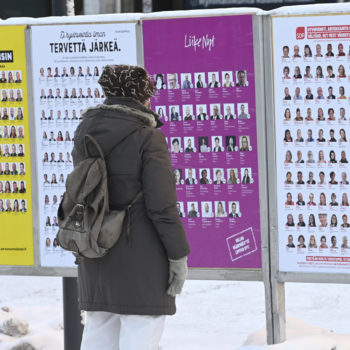
Outdoor posters list the candidates for the various parties, but you can also turn to online sources such as the national broadcasting company Yle’s Election Compass for more information.Photo: Heikki Saukkomaa/Lehtikuva
“Wellbeing services county elections” doesn’t exactly roll off your tongue and may not carry the perceived glory of parliamentary or presidential elections. However, this is a chance to have a say about who makes decisions regarding local health, social and rescue services – “important matters that concern everyone’s daily lives,” as the Ministry of Justice’s election info website puts it.
Finland’s national broadcasting company, Yle, publishes an Election Compass that readers can use to orient themselves about the issues at stake and the stances of the parties and candidates. You answer questions about your own views, and the computer compares them to how the parties and candidates responded, showing you who shares your values. Info boxes about each issue, candidate and party are a tap away.
In a contest that includes many practically unknown candidates in addition to a number of big-name politicians, the Election Compass helps you parse the large field of prospective county councillors.
Wellbeing services under the responsibility of the new county councils
- Primary healthcare
- Specialised healthcare
- Social welfare
- Services for children, youth and families
- Services for people of working age
- Services for older people
- Mental health and substance abuse services
- Services for people with disabilities
- Student welfare
- Promoting health and wellbeing
- Rescue services
(Source: Ministry of Justice)
By ThisisFINLAND staff, January 2022


